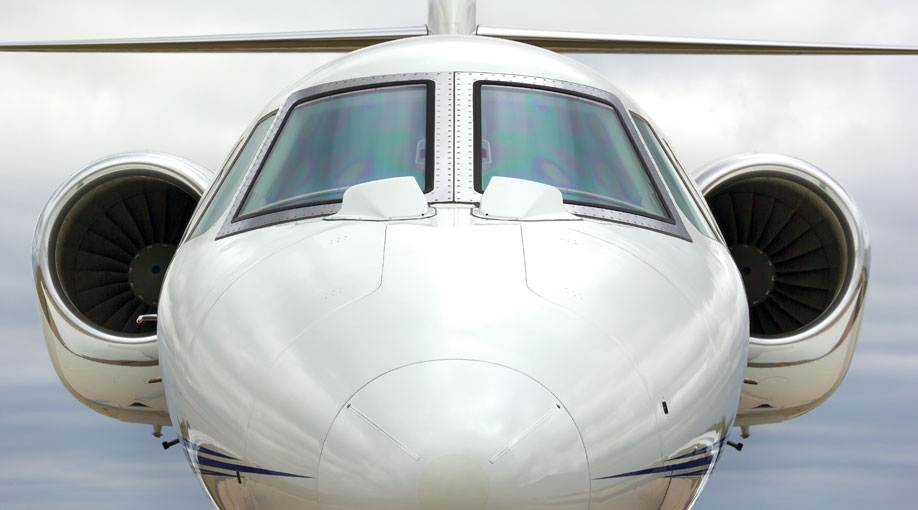
Positioned between the pay-as-you-go occasional use of charter flying, and the long term financial obligations of a fractional share or whole aircraft ownership, the prepaid jet card offers an excellent option for alternate lift.
A jet card can satisfy your regular business jet or turboprop travel requirements at preferred rates, with guaranteed availability, and allows you to review your business aircraft flight activity annually and adjust your commitment for the ensuing year accordingly. It may be the best option for you when:
- Your trips have various origin points,
- Your intermediate stops require extended time on the ground, and/or
- You need a guaranteed response time.
- If you own an aircraft, a jet card also is useful when:
- Your own aircraft is down for maintenance, and/or
- A second aircraft is required while yours is already flying.
Every major fractional ownership operator – plus many national and regional charter operators and charter brokers – offer some version of the prepaid jet card.
Purchasing a jet card enables you to contract to fly and pre-pay for 25 to 50 occupied (“live”) hours annually, based on the size of the aircraft you anticipate using most, drawing down on that deposit as you fly. Most jet card companies will allow you either to extend your contract term, or to add (“roll over”) the unused hours to your renewal commitment for the next contract year, but do check before signing.
The hourly cost can range from a flat rate of $4000 for a light jet to $15,000 for a large cabin, long range aircraft, plus taxes, but with no membership fees, and as of this writing, no extra charge for fuel.
Scheduling a trip is very similar to booking a charter flight, except that unless your card program is related to a fractional fleet, you will be booking a category of aircraft, rather than a specific make and model. For example, “mid-size” can mean any one of an extensive number of aircraft models, such as Hawker 800, Learjet 60 or 70, or Citation XLS.
If your jet card program is one provided by a charter broker, that broker will shop each trip among charter operators proximate to your trip origin. You will need to make sure that the broker vets its potential charter operators and regularly audits them for operational safety and reliability, as well as for financial stability. The broker’s profitability depends in large measure on its ability to purchase “empty legs” (repositioning legs already paid for by another charter client) at a discount, and reselling them to its own jet card clients at contract rates.
If your jet card is provided by a fractional operator, you gain access to an entire fractional aircraft fleet with no capital commitment and no monthly management fee. In exchange, you may pay a higher occupied per-hour charge and are committed to fly aboard the specific make/model aircraft in the provider’s fractional fleet, with the option to trade up or down on specific flights, with an appropriate adjustment to the hourly cost.
The Upside:
- No capital investment,
- No long-term commitment, and
- The opportunity to adjust annually the size of your flight commitment as well as contracted aircraft size in accordance with changes in your travel requirements.
The Downside:
- No depreciable asset,
- No related tax advantage, and
- No potential for asset value appreciation.
Since there are many points to consider with respect to each company’s jet card offering, as well as your own specific needs, a professional aviation consultant can help you analyze your travel requirements, answer your questions, and assist you in determining which program is best for you.
Ultimately, the jet card offers you an excellent source of alternative lift, with many of the benefits of both charter and fractional ownership. BAA
Business Aviation Advisor's content is presented by experts in all aspects of aircraft management: professionals knowledgeable in operations, legal and regulatory issues, insurance, aircraft finance, human resources, aviation real estate, charter and charter brokers, safety management providers and auditors, and third-party as well as owner aircraft management. These authorities provide Business Aviation Advisor readers with the most current and pertinent information they need to make the most effective and informed decisions about their business aviation investments.




